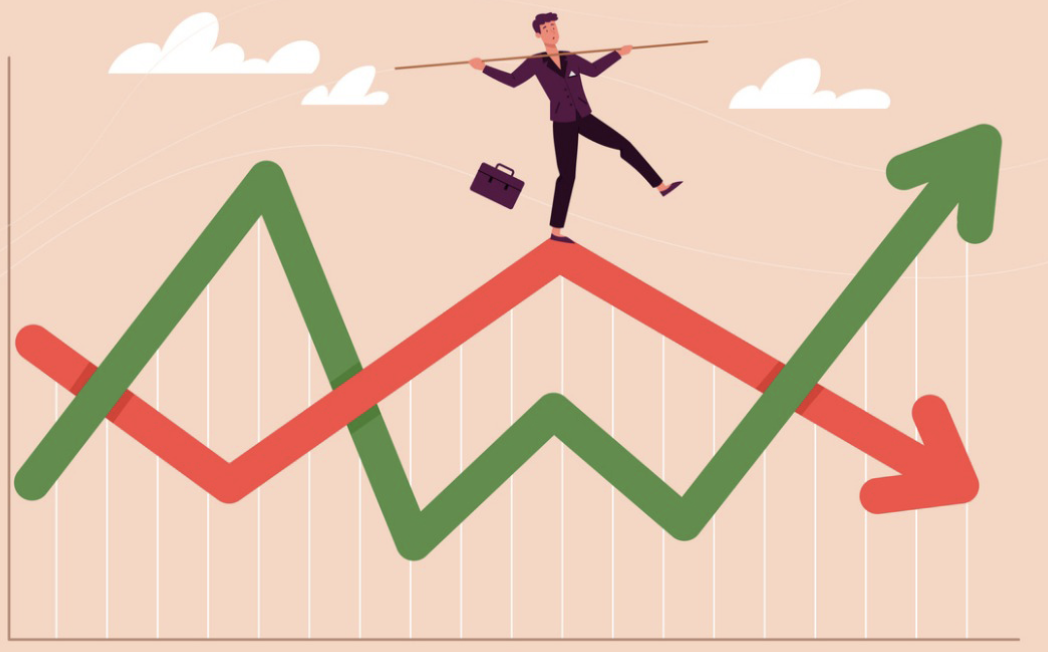By Hudson Holder – SRA, AA-RI
Real estate practitioners have sensed a storm brewing for months after a historic run in prices and frenzied competition in the real estate market. Many home buyers and real estate agents feel that the FED is raining on their parade, ruthlessly increasing the funds rate at the expense of the housing market. The market has indeed shifted but maybe it isn’t entirely due to the ruthlessness of one party. Let’s take a look at history.
Appraisers use historical data to make inferences about the present or the near future. History is certain. How buyers and sellers interacted in the past should imply how buyers and sellers would react today, all other things equal. Economists use the same rationale. Markets are cyclical. The best method to determine the future of the housing market would be to look back at the last time home prices doubled during a two year worldwide pandemic with record inflation and direct government payments to citizens. Simple, right?
Changing interest rates are a key and highly publicized factor impacting changes in the market right now. Over the past couple months, 30 year rates have risen to the 6% range after consistent actions by the FED to increase the funds rate. Mortgage rates have been on a downward trajectory for the past 15+ years since 2006-2008, prior to 2022 increases. Coincidentally, the 2006-2008 period also witnessed the last peak in US home prices and the last economic black swan event (stock market crash).


Median Home Prices and Interest Rates:
Median in April 2022 – $381,750
Median home prices are at an all time high. For much of 2021, 30 year rates were available below 3%, rising to 6% in summer 2022. Compare the median buyer a few months ago with that same buyer now:
$381,750 purchase price, 80% LTV, 2.5% interest on a 30 year fixed rate loan = $1,207 per month P + I
$381,750 purchase price, 80% LTV, 6.0% interest on a 30 year fixed rate loan = $1,831 per month P + I
Due exclusively to interest rates, the same mortgage costs 52% more one year later.
Median in August 2006 – $216,648 – 6.47%
The last time real estate prices peaked was in 2006, a year where average 30-year borrowing cost was 6.47%. With a 30 year fixed rate mortgage with 20% down payment, a buyer would pay $1092 per month principle and interest for the median home.
Median in January 2012 – $169,965 – 3.88%
At 30 years fixed, the median home at the average rate, 20% down would cost $640 per month P + I
Clearly, the recent rise in interest rates is suffocating many prospective home buyers simply due to affordability. Prices are still at all time highs, mortgage rates are nearing 15 year highs, home insurance is more expensive than ever, and municipalities are levying property taxes on the basis of COVID era sales data. The combination of these factors means that housing affordability is at an all time low in the U.S. and demand has been hampered.
Quanfifying the impact of rising interest rates and lower affordability on the overall market is a function of supply and demand. Rates and prices have reached a point of impacting affordabilty, which has removed buyers from the market. Changes in demand are characterized by rising inventory levels and longer days on market, which inevitably caused stabilization in prices. The FED has bigger fish to fry than simply home price affordability with rampant inflation impacting every consumer commodity. The housing market is just one component of the greater economy.
If history has taught us anything, it is that no one has a crystal ball – not agents or appraisers, nor Harvard educated economists. There is no mistaking that rising interest rates are hampering housing demand – but the fundamentals of the housing market are very different right now than at the time of the last housing crash. Currently there are healthy levels of inventory, strong mortgage underwriting standards, and strong population demographics that will fuel demand for homes in the future. We can look back and kick ourselves for not buying 100 homes in January 2012 because hindsight is 20/20 – but that was a very uncertain time. Uncertain times often bring about opportunities. We can bank on the fact that real estate will always be a solid asset class.


Response
Great article!